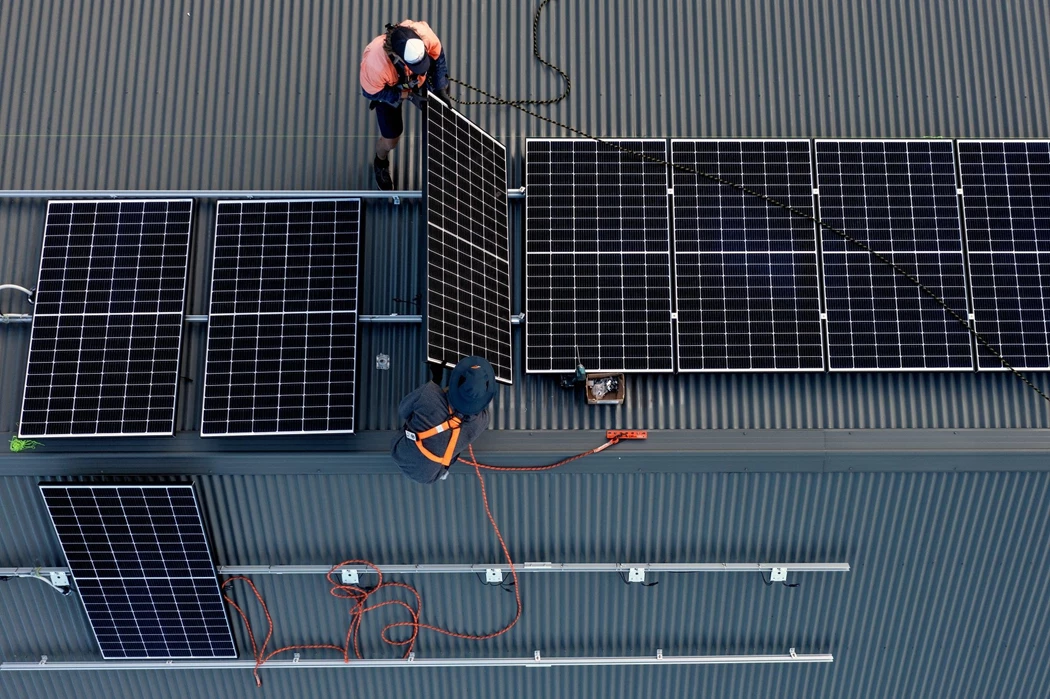Australia Adds New Climate Priority That Again Lacks Details
(Bloomberg) -- Australia has updated its plans on hitting net-zero emissions by 2050, adding another priority area to accelerate decarbonization efforts but giving few specifics.
“Ultra low-cost solar” was added as a sixth element of the Low Emissions Technology Statement, which is central to a A$20 billion ($15 billion) plan by Prime Minister Scott Morrison’s government to reduce emissions. The program will seek to generate solar power at A$15 a megawatt-hour, or about a third of current costs.
“Including ‘ultra low-cost solar’ in the LETS for 2021 provides a vague sense of good news for the industry, but does raise more questions than it answers,” said Leonard Quong, a BloombergNEF analyst in Sydney. “The Technology Investment Roadmap is the Australian government’s flagship decarbonization policy, carefully designed to provide a facade of meaningful action on reducing emissions.”
The announcement came after the government earlier this week praised Santos Ltd. for its new carbon capture and storage project. That proposal has faced criticism because it means taxpayers are partly funding the emissions reductions of a fossil fuel company. Carbon capture is another of the six key technologies flagged in Australia’s roadmap alongside clean hydrogen, energy storage, low emissions steel and aluminum production and soil carbon.
Morrison has this week faced criticism at the United Nations COP26 climate talks in Glasgow, Scotland, over his government’s support of fossil fuel industries and policies to tackle climate change.
“The roadmap does not set out investment or deployment targets, or seek to implement any new policy mechanisms to drive decarbonization,” Quong said. “In short, it gives the how, but not the why, when or by how much, of decreasing Australian carbon emissions.”
More stories like this are available on bloomberg.com
©2021 Bloomberg L.P.
KEEPING THE ENERGY INDUSTRY CONNECTED
Subscribe to our newsletter and get the best of Energy Connects directly to your inbox each week.
By subscribing, you agree to the processing of your personal data by dmg events as described in the Privacy Policy.
More renewables news

GE Vernova to Power City-Sized Data Centers With Gas as AI Demand Soars
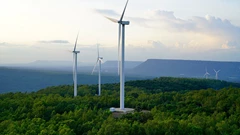
Longi Delays Solar Module Plant in China as Sector Struggles
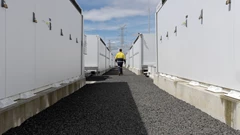
Australia Picks BP, Neoen Projects in Biggest Renewables Tender
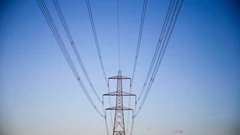
SSE Plans £22 Billion Investment to Bolster Scotland’s Grid
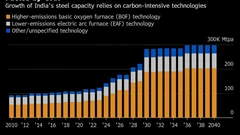
A Booming and Coal-Heavy Steel Sector Risks India’s Green Goals

bp and JERA join forces to create global offshore wind joint venture

Blackstone’s Data-Center Ambitions School a City on AI Power Strains

Chevron Is Cutting Low-Carbon Spending by 25% Amid Belt Tightening
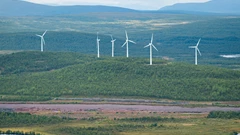
Free Green Power in Sweden Is Crippling Its Wind Industry


